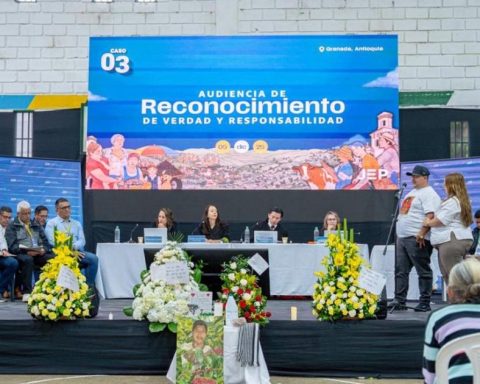In a bid to improve the quality and efficiency of infrastructure projects, the Colombian Transportation sector formally adopted the Building Information Modeling (BIM) methodology, a collaborative process that revolutionizes the way infrastructure projects are planned, designed, built and operated, facilitating work in a digital environment between the different entities involved.
You can see: The reasons why builder costs continue to rise, but at a slower rate
The adoption of the BIM methodology was formalized by Resolution of October 17, 2024, which also established the creation of the BIM Interinstitutional Articulation Table (MAI-BIM), a coordination and dialogue platform in which entities from the Transport and Transportation sector participate.
territorial throughout Colombia.
“With the adoption of the BIM methodology, entities and organizations that plan, design, execute and operate transportation infrastructure projects will be able to efficiently manage the project life cycle in its different stages. From the UPIT we will be responsible for exercising the Technical Secretariat of the BIM Interinstitutional Articulation Table (MAI BIM), supporting the Ministry of Transportation in the coordination of the activities of the table with its members and guests,” said Martha Constanza Coronado Fajardo, general director of UPIT.
Within the framework of the BIM Interinstitutional Articulation Table (MAI BIM), four BIM guides were developed with clear guidelines on the implementation of the methodology in transportation infrastructure projects.
Also see: Delays in lines and double charging: complaints about electronic toll collection
Projects
iStock
“This is the result of collaborative work between the Ministry of Transportation, the Transportation Infrastructure Planning Unit (UPIT), the National Roads Institute (INVIAS), the National Infrastructure Agency (ANI), Civil Aeronautics (Aerocivil ), the National Planning Department (DNP), and several territorial entities such as the IDU, the Bogotá Metro Company, the Bogotá-Cundinamarca Metropolitan Region and the Regional Railway Company”, they point out in a statement.
The use of BIM guides allows work teams to digitally visualize and analyze projects, identifying and solving problems before execution, which optimizes resources and minimizes errors.
1. BIM Uses Guide: this guide identifies the BIM uses that must be implemented in each phase of the project, maximizing the value of the information generated and facilitating collaborative management in an digital environment.
2. BIM Roles Guide: defines the different roles that participate in a BIM project at strategic, tactical and operational levels, ensuring that tasks are assigned correctly, which reduces errors and facilitates the organization of work teams.
Also see: One step closer: socialization and updating of property valuation begins

Infrastructure projects
PHOTO: iStock
3. BIM Nomenclature Guide: standardizes the technical language to ensure that all those involved in the public and private sectors speak a common language.
4. EIR BIM Guide: encourages transparency, ensuring that projects meet established requirements, resulting in safer and more efficient infrastructures
PAULA GALEANO BALAGUERA
Portfolio Journalist

















